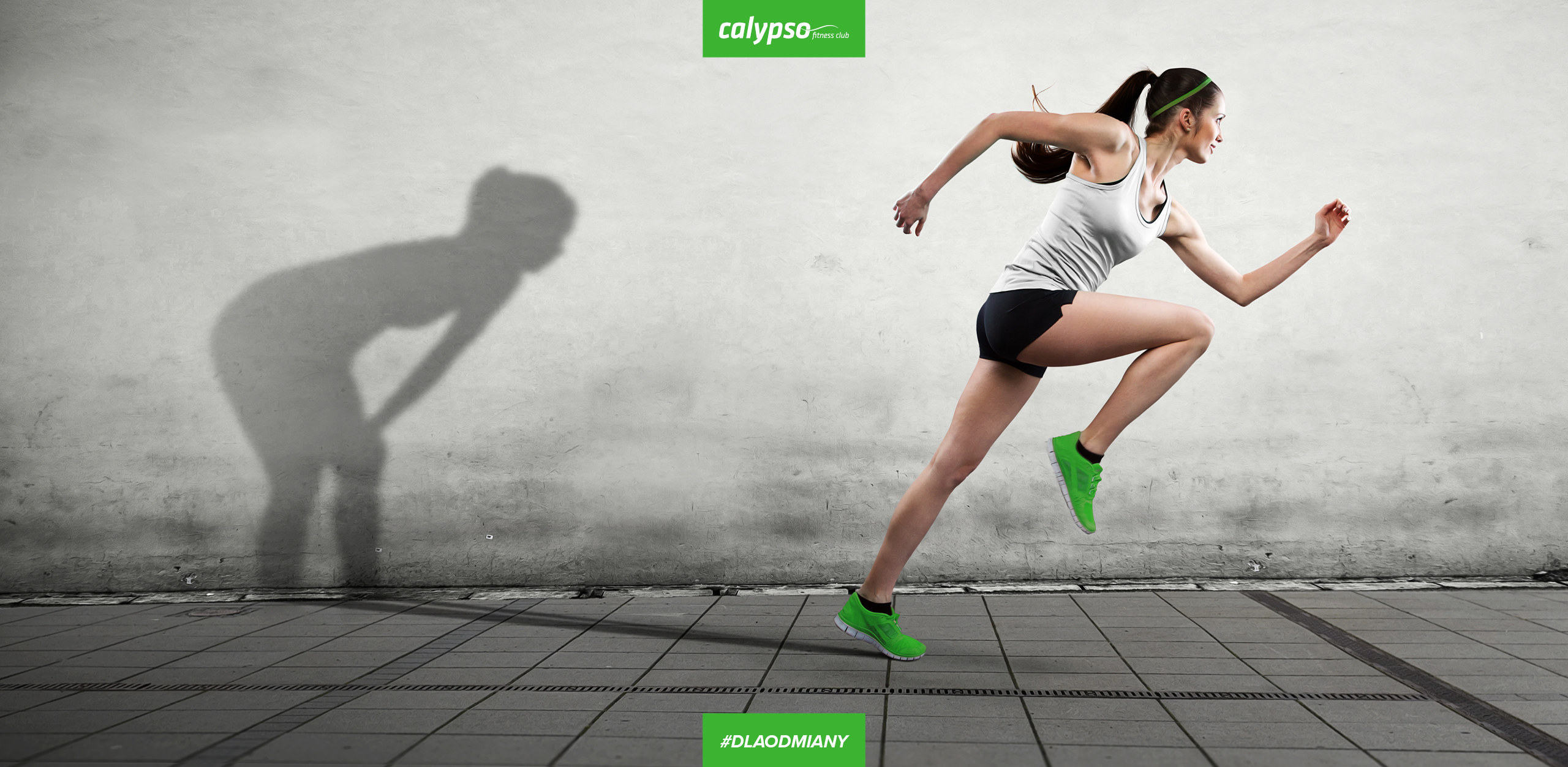Each of us has already experienced it, hundreds of trainings, many weeks of preparation and liters of poured sweat, all just to finish the race on the spot far from the expected one. Then all you can do is ask yourself: why is this happening since I implemented my training program from top to bottom, and all of my parameters even moved upright up to the day of the competition? I will explain everything in the following article, i.e. about the hypercompensation and regeneration of a few words.
Ready, steady... stop!
What exactly is hypercompensation? - It is nothing but the effect of intentionally increasing volume, intensity and frequency of training units designed to prepare you to extract the maximum from your body on this particular day - the day of the competition!

Simple, right? Well, not exactly, because any amateur, intermediate or even a professional badly guided by his staff is able to negative the effects of heavy and systematic training through wrong manipulation of the above-mentioned training parameters, until the day when the goal is to stand on the highest level of the podium. This is due to the fact that an indispensable element of hypercompensation, even its denominator, is a deliberately planned phase of regeneration on one, up to two weeks before the start, mainly so that the body can build up the motor skills we have developed.
What and when?
Theoretically speaking, after the initial training phase, it would be enough to raise 2 of the 3 main training parameters (volume, intensity or frequency) for two weeks, which would deliberately lead to a sharp drop in our capabilities only to start the regeneration phase during which the body would build up any microdamages giving the effect of raising our overall form. All in all, the regeneration phase does not mean lying on the couch until late at night and browsing Netflix, on the contrary, it requires even more attention and diligence, in the end you are just before the start, so it can not be too easy, right?
I will write more about the regeneration phase later, but now I would like to explain what each phase consists of and provide a model example of mesocycle aiming to prepare for a long distance run:
Accumulation phase - it is nothing more than building foundations for our sports form, it is aimed at preparing the player for the long-term effort that awaits him on the day of the competition. Accumulation is usually characterized by a large training volume (number of kilometers run), and not very high intensity of training. The main goal here is to build a base, not to expose the body to any endurance tests. This phase lasts the longest of all.
Intensification phase - the aim of this phase is to transform the base developed in the previous phase into a sports form. The intensity of training (running speed) will increase significantly and the volume that was higher in the previous weeks of the mesocycle will decrease. It can not last too long, up to 14 days.
Regeneration phase - definitely the easiest phase in terms of training load. The intensity and volume decrease, only the frequency of the training units stays at the same level as before. Although in theory this is the easiest phase, many runners are able to spoil it, probably because their ambition does not allow them for a few days of rest, which means that the body can not regenerate and build up the effects, and as we all know - "You cannot get water out of a stone."
Above all, it should be remembered that the effect of hypercompensation is not permanent and after a certain time our efficiency level will return to the initial state.
How many and how?
Example duration of individual phases - the length of each of them should be adjusted according to your level of advancement and the time that separates us to the start of the competition.

At this point one should stop for a bit longer, because the phase of transformation, also known as the regeneration phase, requires a proper protocol and means by which we can extract the maximum from it.
Regeneration - meaning „doing less is doing more”
We explained earlier that it is during rest that the body becomes stronger, more durable and generally more efficient. It is incomprehensible for me why competitors of primarily individual sports (including runners, of course...) come from the erroneous assumption that responsible for everything is only the effort they will put in during training, completely forgetting about proper regeneration. In the universe there must be balance, it is not different in sport, and popular slogans flooding social media such as "No pain, no gain" or "Run until you fly" are worth nothing if at the start line you are tired or worse – overtrained.

The key to the top form on the day of the competition will be to plan the appropriate rest process started a few days before the start. Below are some methods that should be used to make the regeneration process even more effective:
1. Self-massage – meaning „rolling”, very popular among runners, perfectly increases the local blood flow by cleansing tissues from unnecessary metabolic products, additionally stimulates the receptors of the nervous system reducing the "stiffness" that always occurs after heavy training.
2. Manual Therapy - here it will be necessary to use the services of a qualified physiotherapist who, by means of fascial therapy on soft tissues and massage, will significantly improve the regenerative capacity and "release" the tense areas of the body.
3. Static stretching - it involves stretching the muscle at rest, in an isolated position and maintaining this position for a certain period of time. Years of physical activity cause the accumulation of microtraumas in muscles, tendons and fascias. During the healing, scars arise that pull the edges of the wounds and shorten the muscles. Static stretching improves muscular tonus and its flexibility while increasing muscle performance during the proper effort. For each stretching exercise, devote 30 - 60 seconds, in 1 - 3 series.
4. Walk - a spontaneous march perfectly accelerates the regeneration of the body, and in particular the area around: legs, hips and spine. While walking, our agonistic and antagonistic muscles act on the principle of a muscle pump to rhythmically press on the vascular system, significantly accelerating the blood and lymph circulation in the body. It will be optimal to complete about 10,000 steps or just about 30 minutes of marching.
5. Contrast Hydrotherapy - taking a shower alternately in hot and cold water, our blood vessels dilate and contract, improve blood circulation and reduce inflammation. In addition, we support digestion and stimulate internal organs to act. Supporters of natural methods of treatment also believe that in this way you can strengthen the immune system. It should also be mentioned that the use of hot or hot bath will bring better results depending on the type of training. After the speed training, it is better to use a bath in warm water, and in cold water after endurance training.
An example of a day devoted to regeneration:
- In the morning, after waking up, contrasting hydrotherapy. 3-4 cycles of 15-30 seconds, alternately hot and cold water.
- After breakfast, walk, from 10,000 to 12,000 steps, or 25 to 30 minutes.
- After returning home, rolling or visiting a physiotherapist.
- Before going to bed, static stretching: 1-2 sets per body part, 30-60 seconds each.
Conclusions
Hypercompensation and regeneration are indispensable elements of every preparatory period, not only in long and short runs but also in team sports, strength sports, ski jumping, horse riding etc. It should always be remembered that during the regeneration period, real miracles happen, and the appropriate adaptation of the hypercompensation on the day of the competition will always bring tangible results.





